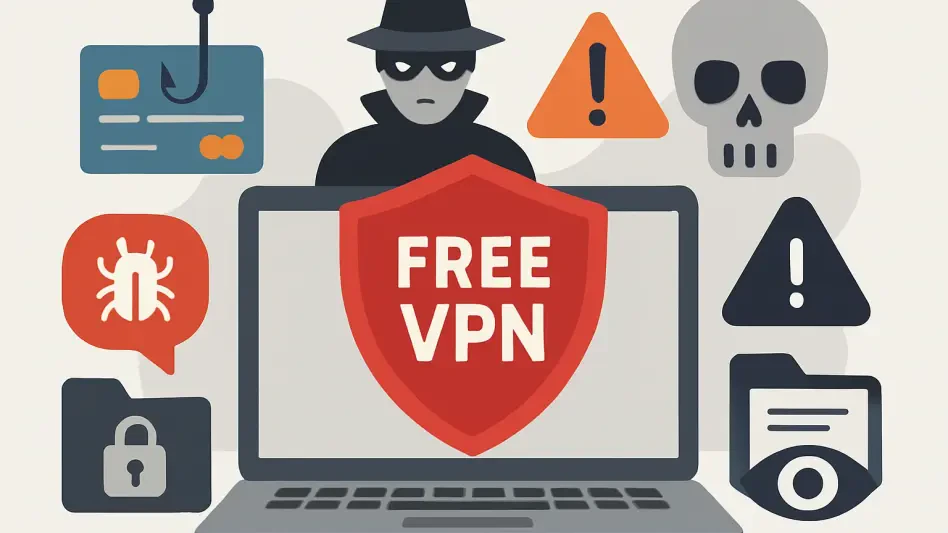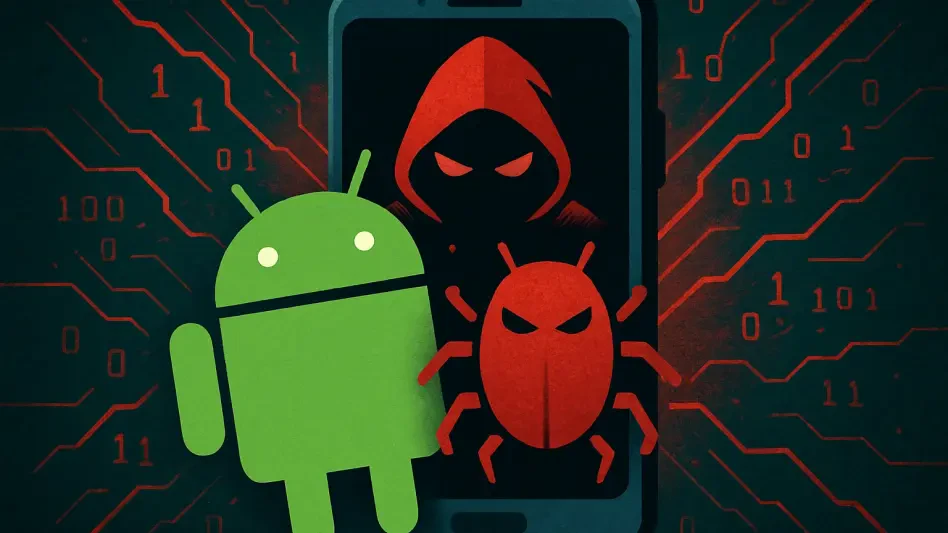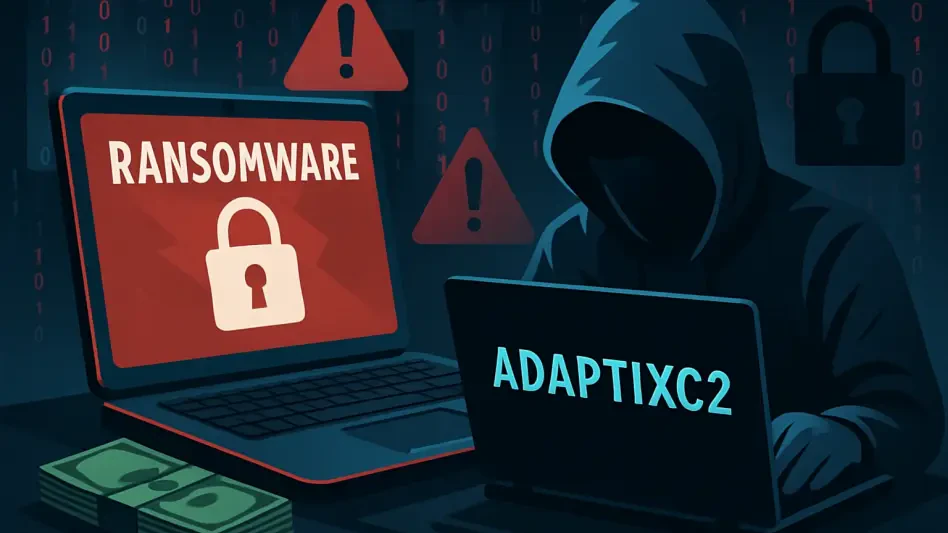In an era where digital security is paramount, the emergence of sophisticated threats like ChillyHell malware has sent shockwaves through the macOS user community, challenging the long-held belief that Apple’s ecosystem is inherently immune to malicious attacks. This modular backdoor malware, recently identified in public repositories, represents a significant leap in the complexity of threats targeting macOS systems. Disguised as a legitimate applet, it exploits trusted mechanisms to infiltrate devices, often through deceptive websites masquerading as productivity tools. Once inside, it unleashes a range of advanced tactics that undermine traditional security measures. The stealth and adaptability of this malware highlight a growing trend of attackers leveraging Apple’s own processes against users, raising urgent questions about the adequacy of existing defenses. As cybersecurity experts scramble to address this evolving danger, understanding the intricacies of this threat becomes essential for safeguarding sensitive data and maintaining system integrity.
Unveiling the Stealthy Intrusion Tactics
The initial entry of ChillyHell into macOS systems is a masterclass in deception, relying on a veneer of legitimacy to bypass user suspicion and security protocols alike. By exploiting Apple’s notarization process, the malware presents itself as a benign application, often delivered through compromised websites that promise useful tools or updates. Once executed, it performs an extensive reconnaissance of the host environment, gathering critical details about user directories, active processes, and system configurations. This profiling allows the malware to tailor its behavior to the specific setup of each infected device, minimizing the chances of detection by antivirus software. The ability to adapt dynamically to diverse macOS environments underscores the sophistication of this threat, as it avoids common errors that might otherwise expose its presence. Such calculated intrusion tactics reveal how attackers are increasingly weaponizing trusted digital signatures to infiltrate systems that users believe are secure.
Beyond its deceptive entry, ChillyHell employs a multi-layered approach to ensure it remains embedded within the compromised system long after the initial infection. Depending on the privilege level it secures, the malware can install itself as either a LaunchAgent in user directories or a LaunchDaemon at the system level, guaranteeing automatic execution during login or boot-up. Additionally, it uses a fallback mechanism by injecting commands into shell profiles like Zsh or Bash, ensuring reactivation during terminal sessions even if primary persistence methods are disrupted. To further evade forensic scrutiny, the malware manipulates file timestamps, backdating creation and modification times to blend with legitimate system events. This combination of persistence strategies and obfuscation techniques makes it exceptionally challenging for standard security tools to identify or remove the threat, allowing it to maintain a foothold for extended periods while executing malicious activities undetected.
Exploring Modular Design and Communication
Once entrenched, ChillyHell reveals its true potency through a modular design that enables a wide array of malicious functions, adapting to the attacker’s objectives with alarming flexibility. After establishing persistence, it initiates a command loop with randomized delays to avoid predictable patterns, communicating with hardcoded command-and-control (C2) servers using both HTTP and DNS transports across multiple ports. This communication framework allows it to fetch task descriptors and decode Base64 payloads, dynamically loading modules for activities such as reverse shells, self-updates, or local password brute-forcing. The modular nature of the malware ensures that it can evolve over time, incorporating new capabilities as directed by its controllers. Such adaptability not only enhances its effectiveness but also complicates efforts to predict or neutralize its actions, as each infected system might exhibit unique behaviors based on the modules deployed.
The communication strategies of ChillyHell further amplify its threat level by prioritizing stealth and resilience in data exchange with external servers. By alternating between different transport protocols and introducing randomized intervals between connections, the malware minimizes the likelihood of triggering network-based detection systems. The use of encoded payloads adds another layer of obscurity, making it difficult for security analysts to intercept or interpret the instructions being relayed. This sophisticated approach to command and control demonstrates a deep understanding of network security weaknesses, exploiting gaps in monitoring tools that often fail to correlate disparate traffic patterns. As a result, the malware can sustain long-term operations within infected systems, quietly exfiltrating data or executing destructive commands without raising immediate alarms. This persistent, covert interaction with remote servers underscores the critical need for advanced network monitoring solutions to combat such threats.
Addressing the Broader Implications for macOS Defense
The rise of ChillyHell serves as a stark reminder of the evolving landscape of macOS malware, where attackers increasingly exploit legitimate system features to bypass conventional safeguards. The abuse of notarization processes to gain initial trust reflects a broader trend of adversaries turning trusted mechanisms into weapons, challenging the foundational security assumptions of the platform. Cybersecurity experts, including analysts from leading firms, have emphasized the urgency of adapting defense strategies to counter these sophisticated threats. Recommendations include vigilant monitoring of LaunchService property lists and shell configuration files for unauthorized changes, as well as employing timeline analysis to detect anomalies in file modification dates that might indicate timestamp manipulation. These proactive measures are essential to identify and mitigate the presence of stealthy malware before it can inflict significant damage on systems or networks.
Reflecting on the impact of ChillyHell, it becomes evident that this malware is not just a singular incident but a harbinger of more complex threats targeting macOS environments. Its ability to blend into legitimate processes and maintain persistence through diverse methods reveals critical vulnerabilities in existing security frameworks. Moving forward, collaboration between cybersecurity researchers and platform vendors must intensify to address the risks posed by notarized malware. Developing advanced detection tools capable of identifying subtle behavioral anomalies, alongside stricter validation of notarized applications, could serve as vital steps in fortifying defenses. Additionally, educating users about the dangers of downloading software from unverified sources remains a cornerstone of prevention. By adopting a multi-faceted approach that combines technical innovation with user awareness, the industry can better prepare for the next wave of sophisticated threats lurking on the horizon.








